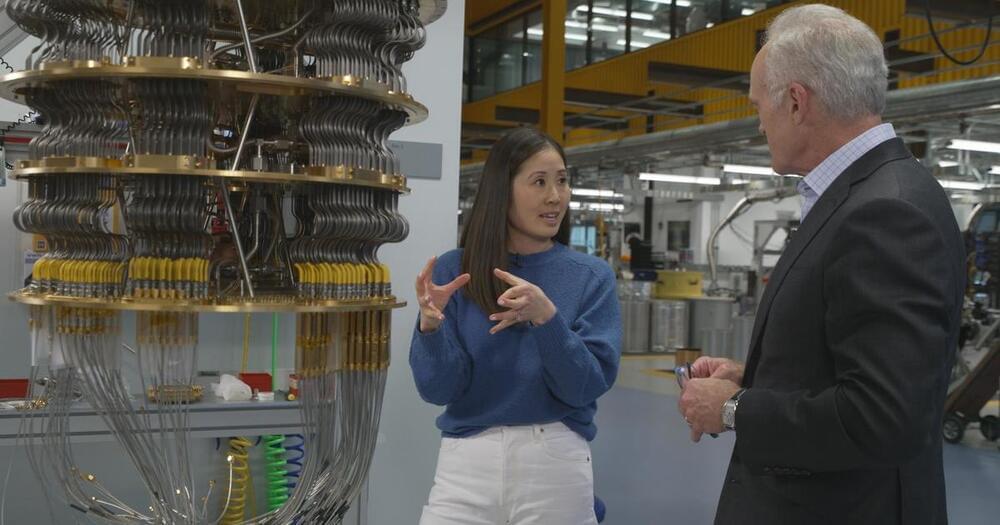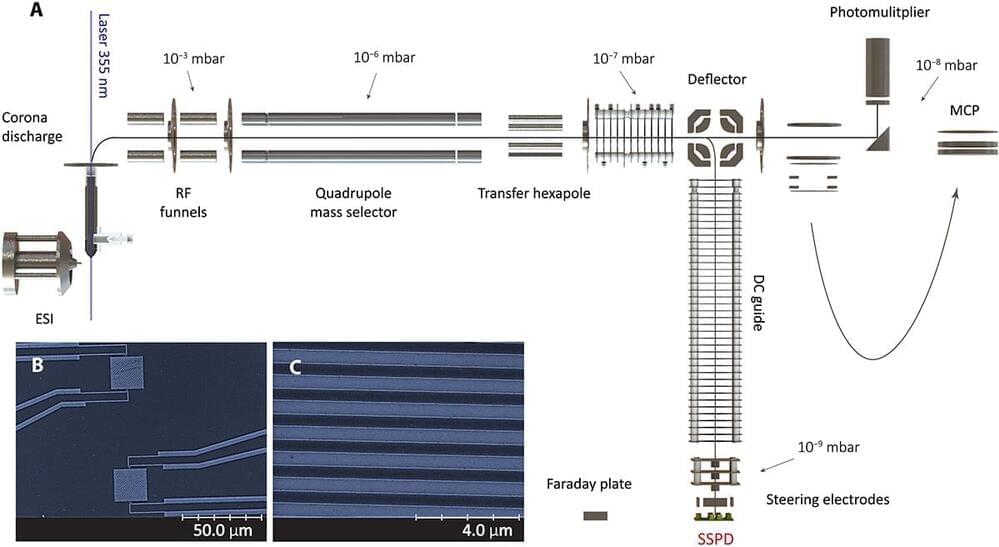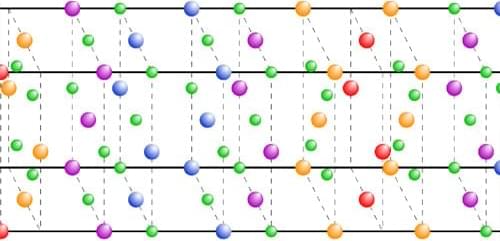The company announces its latest huge chip — but will now focus on developing smaller chips with a fresh approach to ‘error correction’




“We’re looking at a race, a race between China, between IBM, Google, Microsoft, Honeywell,” Kaku said. “All the big boys are in this race to create a workable, operationally efficient quantum computer. Because the nation or company that does this will rule the world economy.”
It’s not just the economy quantum computing could impact. A quantum computer is set up at Cleveland Clinic, where Chief Research Officer Dr. Serpil Erzurum believes the technology could revolutionize the world of health care.
Quantum computers can potentially model the behavior of proteins, the molecules that regulate all life, Erzurum said. Proteins change their shape to change their function in ways that are too complex to follow, but quantum computing could change that understanding.

More stable clocks could measure quantum phenomena, including the presence of dark matter.
A new MIT study finds that even if all noise from the outside world is eliminated, the stability of clocks, laser beams, and other oscillators would still be vulnerable to quantum mechanical effects.
Clocks, lasers, and other oscillators could be tuned to super-quantum precision, allowing researchers to track infinitesimally small differences in time, according to a new MIT study.

An international research team led by quantum physicist Markus Arndt (University of Vienna) has achieved a breakthrough in the detection of protein ions: Due to their high energy sensitivity, superconducting nanowire detectors achieve almost 100% quantum efficiency and exceed the detection efficiency of conventional ion detectors at low energies by a factor of up to a 1,000.
In contrast to conventional detectors, they can also distinguish macromolecules by their impact energy. This allows for more sensitive detection of proteins and it provides additional information in mass spectrometry.

A newly discovered trade-off in the way time-keeping devices operate on a fundamental level could set a hard limit on the performance of large-scale quantum computers, according to researchers from the Vienna University of Technology.
While the issue isn’t exactly pressing, our ability to grow systems based on quantum operations from backroom prototypes into practical number-crunching behemoths will depend on how well we can reliably dissect the days into ever finer portions. This is a feat the researchers say will become increasingly more challenging.
Whether you’re counting the seconds with whispers of Mississippi or dividing them up with the pendulum-swing of an electron in atomic confinement, the measure of time is bound by the limits of physics itself.

A first-principles model accounts for the wide range of critical temperatures (Tc’s) for four materials and suggests a parameter that determines Tc in any high-temperature superconductor.
Since the first high-temperature superconducting materials, known as the cuprates, were discovered in 1986, researchers have struggled to explain their properties and to find materials with even higher superconducting transition temperatures (Tc’s). One puzzle has been the cuprates’ wide variation in Tc, ranging from below 10 K to above 130 K. Now Masatoshi Imada of Waseda University in Japan and his colleagues have used first-principles calculations to determine the order parameters—which measure the density of superconducting electrons—for four cuprate materials and have predicted the Tc’s based on those order parameters [1]. The researchers have also found what they believe is the fundamental parameter that determines Tc in a given material, which they hope will lead to the development of higher-temperature superconductors.
For each material, Imada and his colleagues applied the basic principles of quantum mechanics, focusing on the planes of copper and oxygen atoms that are known to host the superconducting electrons. They used a combination of numerical techniques, including one supplemented by machine learning, and did not require any adjustable parameters.

A measurement of the charge radius of an aluminum nucleus probes the assumption that there are only three families of quarks.
In the standard model of particle physics, matter is made of elementary particles called quarks and leptons. Quarks are the heavy constituents that form, for example, protons and neutrons, whereas leptons are the light constituents, such as the electron. The six known quarks—up, down, charm, strange, top, and bottom—are split into three families. But could there be a fourth family? Answering that question would require hundreds of different measurements in particle and nuclear physics. However, not all these measurements are yet available or precise enough, and many parameter values are only inferred or extrapolated. Now Peter Plattner at CERN in Switzerland and his colleagues show how a single one of these measurements can shift our understanding of this fundamental question [1].
In the quantum-mechanical framework of the standard model, quarks can oscillate among their different flavors. The best-known example occurs in the beta decay of radioactive nuclei: a proton is transformed into a neutron (or vice versa) when one of its quarks oscillates from up to down (or down to up). The rate of beta decay depends on many factors involving both nuclear and atomic physics, but the rate at which the quarks oscillate is described by a single quantity: Vud, the so-called matrix element of the transformation of an up quark into a down quark.

Insider Brief.
Scientists report on a new approach that can significantly improve the study and understanding of entanglement in quantum materials.
The researchers were led by Peter Zoller at the University of Innsbruck and the Institute of Quantum Optics and Quantum Information of the Austrian Academy of Sciences.

Will artificial intelligence serve humanity — or will it spawn a new species of conscious digital beings with their own agenda?
It’s a question that has sparked scores of science-fiction plots, from “Colossus: The Forbin Project” in 1970, to “The Matrix” in 1999, to this year’s big-budget tale about AI vs. humans, “The Creator.”
The same question has also been lurking behind the OpenAI leadership struggle — in which CEO Sam Altman won out over the nonprofit board members who fired him a week earlier.